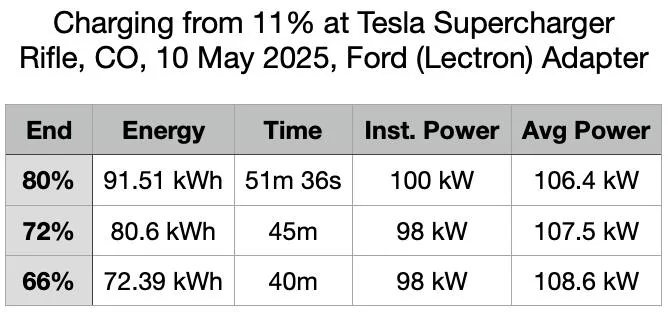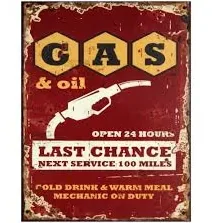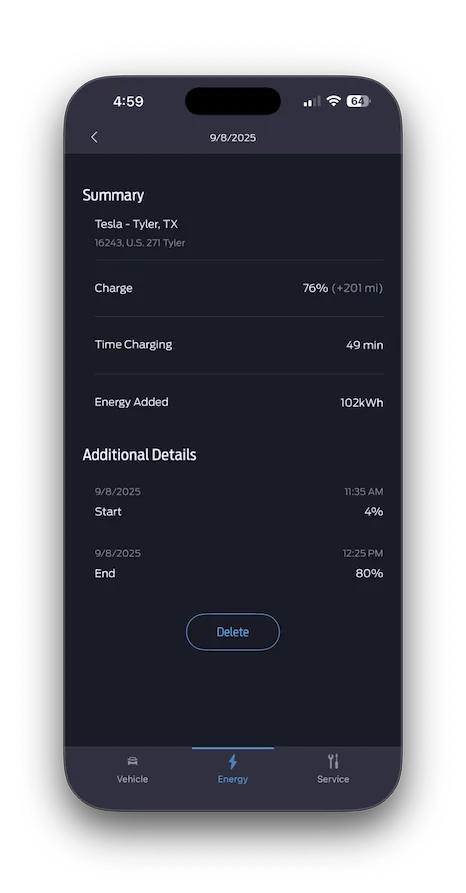carys98
Well-known member
- First Name
- Cary
- Joined
- Jan 15, 2022
- Threads
- 29
- Messages
- 781
- Reaction score
- 1,193
- Location
- Raleigh, NC
- Vehicles
- 2023 Lightning Lariat SR
- Occupation
- Retired EE
The Alpitronic chargers that Ionna and Mercedes are rolling out will go to 600A but the Lightning was originally limited to 450A. Ford is now rolling out the SW update that will allow us to go to 500A so the limit will still be the truck.We are bottlenecked by the CURRENT output of the charger (500A); it’s not the kW rating of the charger that determines how fast our Lightnings charge, it’s the maximum current output, which is 500A at an EA 350 or Tesla SC. The relatively low voltage of our Lightning’s battery pack (mid-300V) means we can never see more than about 170kW from 500A.
340V x 500A = 170,000W or 170kW (get it?)
If the Lightning had been designed with a higher voltage battery pack, we might see higher charging rates from the available 500A; but, that’s the way it is, and it isn’t going to change. It’s highly unlikely anyone’s going to make a DCFC that outputs more than 500A. So, if you’re seeing about 170kW on a DCFC, you are getting the fastest charging possible on our Lightnings.
**if the DCFC is limited to less than 500A (say, 350A) then we get even less charging kW:
340V x 350A = 119kW
When chargers are “administratively” de-rated, it’s the current (amps) output that gets throttled down.
Sponsored






